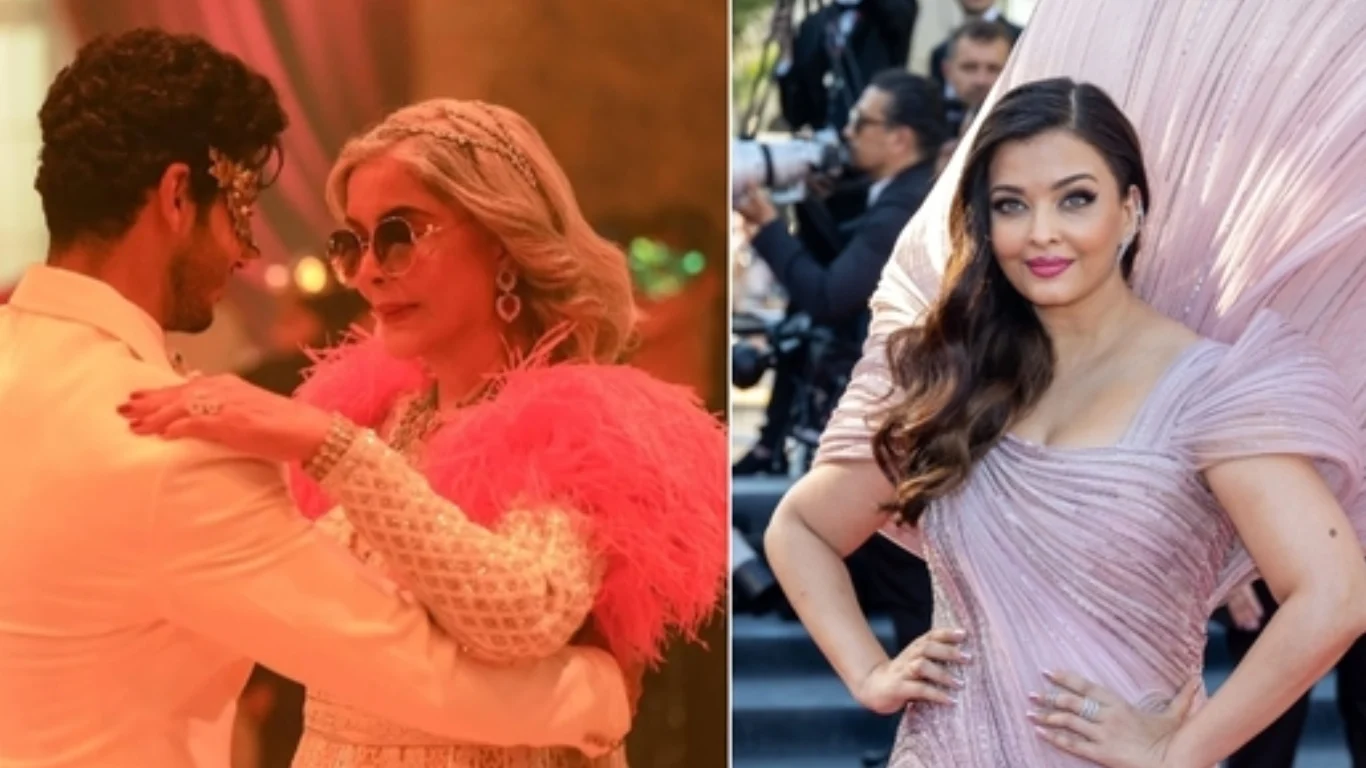
In the world of fashion and celebrity styling, few names resonate as powerfully as Aastha Sharma. Known for her distinctive taste and transformative approach to celebrity fashion, Aastha has become one of the most sought-after stylists in India. Over the past decade, she has carefully crafted her reputation, working with some of the biggest names in the entertainment industry. Her aesthetic is clean, modern, and versatile — an elegant blend of high fashion with personal expression, which is exactly what makes her work stand out in an industry often marked by fleeting trends and rapid reinvention.
From red carpets to magazine covers and international film festivals, Aastha has dressed many of Bollywood’s A-listers, including Aishwarya Rai Bachchan, Malaika Arora, Nora Fatehi, Suhana Khan, and Kiara Advani. However, it is her long-standing collaboration with Aishwarya Rai Bachchan — especially for her appearances at the Cannes Film Festival — that truly brought Sharma into the global spotlight. Aishwarya’s extravagant and sometimes polarizing looks at Cannes have often become viral moments, drawing both admiration and criticism. Through it all, Aastha has remained poised, balancing creative vision with client comfort.
Sharma’s foray into fashion wasn’t accidental. She began her career in the editorial world, working at Harper’s Bazaar, where she honed her sense of visual storytelling and trend forecasting. That experience eventually led her to establish her own styling agency, The Wardrobist, in 2012. Based in Mumbai, the venture was one of the early players in what would become a booming niche: celebrity styling as a full-fledged career path. The Wardrobist quickly grew, thanks to Aastha’s hands-on approach and her belief that style must reflect personality — not just wearability or glamour.
In interviews, Aastha has often emphasized that her process begins with understanding the person she is dressing. Whether it’s a quiet, reserved personality or a bold and experimental one, her styling choices are built around comfort, confidence, and authenticity. She doesn’t believe in simply following trends — instead, she focuses on creating timeless looks that speak to her client’s public persona and personal evolution.
In 2025, Aastha Sharma’s creative talents were showcased once again, this time on the streaming screen with the Netflix original series The Royals. A romantic drama steeped in intrigue, legacy, and glamour, the series required styling that would match the grandeur of its premise. Sharma was entrusted with the responsibility of designing the entire wardrobe for a star-studded ensemble cast — a task that demanded not just imagination, but immense precision and logistical coordination.
The Royals featured iconic names like Zeenat Aman, Bhumi Pednekar, Ishaan Khatter, Dino Morea, Sakshi Tanwar, Nora Fatehi, Milind Soman, and Vihaan Samat. Each actor’s character had a distinct backstory and personality, and Aastha had to craft looks that not only reflected those nuances but also visually tied into the larger aesthetic of the show — one that blends regal undertones with modern-day sophistication.
One of the most exciting moments in her journey with The Royals was finally getting to style Zeenat Aman — an icon she had long admired and even named in a previous interview as her dream muse. Aastha had confessed that if given the chance to dress any yesteryear starlet, it would be the legendary Zeenat. Fast forward to 2025, and that dream came full circle as she created some of the most striking looks for the actor’s role in the Netflix drama.
Styling Zeenat Aman wasn’t just about glamour. It was about respectfully balancing nostalgia and modernity — creating a visual homage to her iconic past while reintroducing her to a new generation in a way that felt fresh and current. In interviews, Aastha described the process as both exciting and intimidating. She wanted to ensure that Zeenat’s wardrobe in the series felt true to her commanding screen presence, yet contemporary enough to resonate with younger viewers.
Bhumi Pednekar’s character, Sophia Shekhar, a powerful and self-made businesswoman, required a wardrobe that conveyed authority and polish while remaining rooted in modern fashion sensibilities. Aastha crafted a series of refined power looks for Bhumi — structured blazers, silk blouses, and statement accessories — all of which underlined the character’s assertiveness and ambition.
Ishaan Khatter’s look in the series had a younger, edgier vibe, with more relaxed silhouettes and street-style influences. Similarly, for stars like Nora Fatehi and Dino Morea, the styling leaned into high fashion, with custom-made couture pieces that embraced rich textures, bold silhouettes, and international runway trends.
In terms of design collaborations, Aastha brought in a mix of Indian and international labels. She sourced from luxury Indian designers like Gaurav Gupta, Anamika Khanna, Tarun Tahiliani, and Shantnu & Nikhil, while also pulling from global houses such as Balmain, Alexander McQueen, and Elie Saab. This seamless blend of East and West, of heritage and haute couture, became one of the standout features of The Royals’ visual storytelling.
The sheer volume and diversity of characters gave Aastha the freedom to experiment across genres of styling — from everyday minimalism to red-carpet drama. Some characters were dressed in understated linens and cottons, while others were draped in rich brocades, silks, and intricate embroideries. It was a visual palette that spoke of the past, present, and future — and it was entirely curated under her meticulous eye.
But it hasn’t always been smooth sailing. With every high-profile project, especially those in the public eye like Cannes, comes criticism. Aastha has had her share of polarizing feedback, particularly for the bold and unconventional looks she has styled for Aishwarya Rai. However, she views criticism as part of the creative process. In a recent interview, she noted, “I don’t shy away from feedback. It pushes me to do better, to evolve, and to understand that fashion is subjective. What works for one person may not work for another — but the aim is to create conversation, to make people feel something.”

















